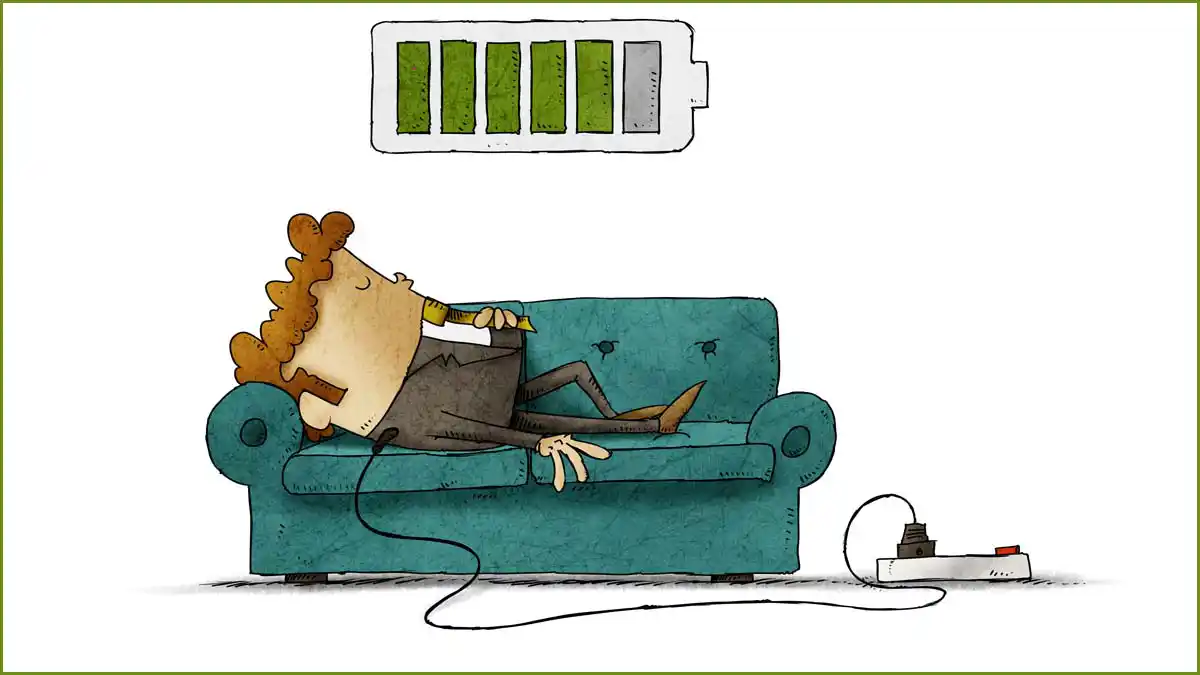We all know that the “power nap” has a long and honorable history. Most of us experienced our first official ones at an early age – generally 4 or 5 years old – during kindergarten. The “nap” as it was simply called back then before its “power” had been identified and recognized by science – was a minislumber for toddlers who were often worn out from hours of hurling building blocks and crayons at one another and around the schoolroom.
Or was it??? One school of thought claims that the nap was first devised as a break for teachers, who needed a few blessed moments away from their rowdy charges. Mr. Jones or Ms. Smith could sneak off for a refreshing cup of tea or – perish the thought – a quick Marlboro or two and often even have enough time to put their own heads down on their desks for a few minutes before waking their sleeping students.
Back in those halcyon days, many pint-sized pupils assumed that nap time was their birthright and would continue forever. Alas, this was not to be. Once under the lash of their brutal first grade teachers, napping was a no-no. Despite their tender ages, kids were expected – nay, required – to remain seated upright, eyes wide open for long hours at a time while their relentless teachers drummed the “three Rs” into their heads. This sorry state of affairs continued until at least middle school for most. Then came high school and the nap began its comeback. Most students had schedules with free periods, useful for a plethora of activities, from eating to playing a sport to just lying down under a tree for a welcome snooze.
If college was on the agenda, everyone had to rethink the power nap. If a professor “taught from the textbook” on his subject, you could pretty much sleep through each lecture. If not, you’d better be on your toes. He or she might call on you and you’d be expected to know at least the subject being discussed.
Once in the business world, the power nap persisted for many of us. Quite a few employers even endorsed them. Of course, traffic cops, professional jugglers and cardiovascular surgeons were discouraged from the practice while on duty.
I myself once took a temporary job replacing someone who had moved up the corporate ladder. I inherited not only his office but his old, extremely comfortable 9-foot-long leather couch. There, I power-napped blissfully almost every afternoon, after closing my door and sending all my calls to voicemail.
I felt a bit guilty about my slumbers until the day our head of security burst in shouting “Get down! Get down!” He was already “down” himself, duck-walking around my desk, his sidearm at hand. Silently he raised his pistol to point at my huge picture window – the one with the beautiful view and now with a clean little hole with a splintered glass halo around it drilled in it right by my desk chair. If I’d been seated there hard at work instead of having a great power nap on my new couch, I might have become the late, hopefully lamented, Dr. Duke.
In the end, although the building took half a dozen hits, no one was injured. In a distant copse of trees, a teenage boy had been trying out his new .22 on the neighborhood squirrels. Apparently no one had advised him that when you miss the squirrel, the bullet keep on going, eventually falling to the ground or, more likely, hitting something else on its path – like a high-rise building filled with people.
So, do I approve of power naps? You bet I do. Power naps and never, ever sitting at a desk that’s next to a window where squirrels and dummies with rifles are around.
By Dr. Duke
